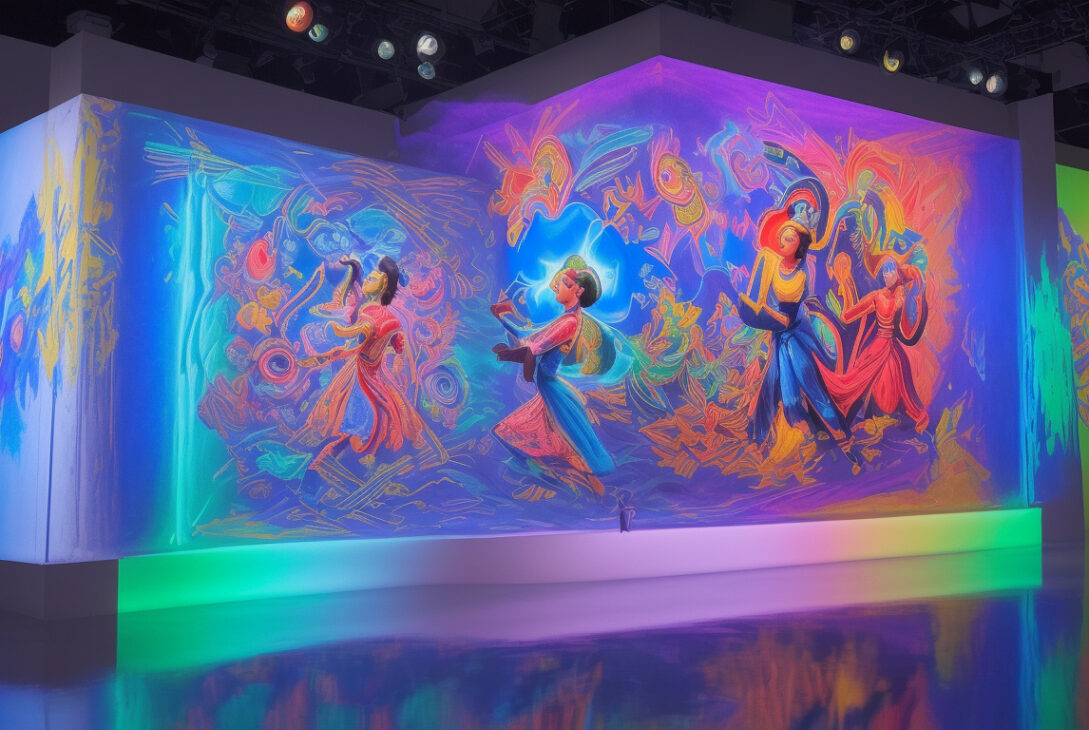New Technology Transforms Paintings into Lifelike Holograms, Ushering in a New Era of Art Experience
September 10, 2025 – In a groundbreaking advancement at the intersection of art and technology, researchers have developed an innovative process that converts multilayer acrylic paintings into full-color, three-dimensional holograms, effectively bringing static artworks to life like never before.
The study, recently published in the journal Royal Society Open Science, presents a novel method to digitize and holographically reproduce paintings created with multiple transparent layers. This paves the way for more immersive artistic experiences and provides new approaches to art preservation and display.
From Plexiglas Layers to 3D Holograms
Artists have increasingly experimented with multilayered techniques using materials like Plexiglas to add depth and realism to paintings, transforming traditional two-dimensional images into three-dimensional illusions. However, these works, while visually striking, remain inherently static.
The research team showcased their process using "Taxonomy Test 1," a striking painting of a tiger by prominent Colombian artist Yosman Botero. Botero’s artwork consists of acrylic paint applied onto nine transparent Plexiglas layers, stacked to achieve depth and spatial complexity measuring approximately 17 × 16 × 9 cm.
The team began by photographing each Plexiglas layer at high resolution to capture all visual details. These images were then imported into a 3D computer graphics environment where the layers were digitally arranged to mirror their original spatial configuration. Using a virtual camera system, thousands of images covering a 60-degree viewing arc of the digital layered painting were captured.
These images served as input for the CHIMERA holoprinter—a sophisticated device that encodes the data onto a silver halide holographic plate, producing a full-parallax, full-color hologram that retains the depth, color fidelity, and spatial relationships of the original piece.
Preserving Artistic Integrity and Enhancing Engagement
The researchers emphasize that their technique, termed holostereosynthesis, successfully preserves the spatial and aesthetic qualities of the multilayered artwork in holographic form.
“This process allows multilayer transparent artwork to be translated into holograms that faithfully reproduce the artist’s original vision in three dimensions,” the study notes.
Beyond offering a stunning new way to experience art, the method holds significant potential for galleries and museums. Holographic reproductions can be displayed in smaller physical spaces, overcoming spatial limitations often faced with large or fragile multilayer works. Moreover, holograms provide a durable alternative for preserving multilayered paintings, which are prone to degradation due to environmental factors like humidity and temperature changes that affect each layer differently.
A Modern Continuation of Artistic Innovation
This integration of traditional art with cutting-edge holography continues a historic tradition dating back to the Renaissance when artists first explored techniques such as linear perspective to create the illusion of depth. By harnessing modern optical technology, the researchers are pushing the boundaries of perception, crafting experiences where art appears to extend beyond its physical medium.
Looking Ahead
The successful transformation of “Taxonomy Test 1” into a lifelike hologram points toward exciting applications for this technology. Museum visitors may soon be able to engage with holographic versions of multilayered artworks, experiencing their depth and detail from multiple angles without the constraints of fragile physical media.
As this technology matures, it may revolutionize how art is both preserved and experienced, making masterpieces more accessible and interactive for a global audience.
For readers interested in exploring this advancement further, the research paper titled “From plexiglass to hologram: A path for layered artworks” is available through Royal Society Open Science: https://royalsocietypublishing.org/doi/10.1098/rsos.250874
— Written by Paul Arnold, edited by Lisa Lock, and reviewed by Robert Egan for credibility and accuracy.










